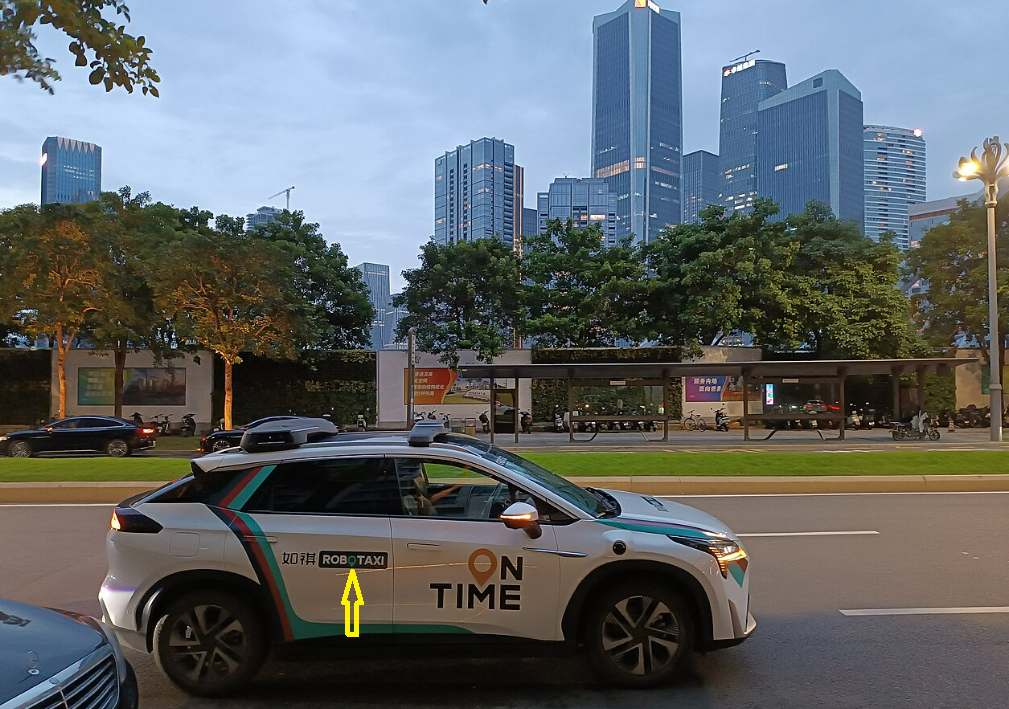The idea of self-driving taxis, commonly known as Robotaxis, has been gaining traction over the years, and with the rapid advancements in autonomous vehicle technology, 2025 is starting to look like a potential breakthrough year. Companies such as Waymo, Tesla, and Cruise are investing heavily in the development of autonomous taxis, but the question remains — Will 2025 be the year when robotaxis finally hit the streets at scale?
This blog will explore the key factors that need to align for 2025 to be the year of the self-driving taxis, including advancements in battery life, build quality, and repair and parts availability. We will also cover the role of connectivity in this technology and provide answers to some frequently asked questions about autonomous vehicles. their site more details. Robotaxi
Table of Contents
- What Are Robotaxis?
- Challenges in the self-driving taxis Industry
- Battery Life and Charging Infrastructure
- Build Quality and Safety
- Repair and Parts Availability
- Connectivity: The Backbone of Robotaxi Operations
- Will 2025 Be the Year of Robotaxis?
- FAQs
- Conclusion
What Are Robotaxis?
Robotaxis are autonomous vehicles designed to pick up passengers and take them to their destinations without the need for a human driver. These self-driving taxis are equipped with an array of sensors, cameras, and advanced AI systems to navigate roads and traffic, offering a new form of urban transportation. Companies like Waymo have already begun limited driverless taxis services in specific cities, but their widespread adoption is still in its early stages.
Challenges in the self-driving taxis Industry
While the potential for robotaxis is enormous, several obstacles remain. To truly understand whether 2025 will be the year of the autonomous vehicles, it is essential to explore the main challenges the industry faces:
Battery Life and Charging Infrastructure
One of the biggest hurdles to self-driving taxis adoption is ensuring that the vehicles have sufficient battery life to handle multiple rides throughout the day. self-driving taxis will need to be able to operate continuously, especially in urban areas where there is high demand. Current electric vehicle batteries are improving, but they must also be able to recharge quickly to ensure efficient operation.
Equally important is the charging infrastructure. For robotaxis to become widespread, a network of charging stations must be built to support them, ensuring that these vehicles can quickly recharge between rides without downtime.
Build Quality and Safety
The build quality of autonomous vehicles will be integral to their success. Autonomous vehicles must be built to handle a variety of road conditions, weather patterns, and unexpected situations. A high standard of construction is necessary to ensure both durability and safety.
Furthermore, safety is a critical concern. While AI and machine learning can allow self-driving taxis to navigate the streets, there is always a risk of malfunction or system failure. Ensuring the safety of passengers and pedestrians will be key to the widespread adoption of robotaxis.
Repair and Parts Availability
While autonomous vehicles are expected to be highly reliable, they will still require maintenance and occasional repairs. A network of repair centers specialized in autonomous vehicle technology must be created, and parts must be easily accessible to minimize downtime. This presents a significant challenge in terms of parts availability and skilled technicians who can maintain such advanced technologies.
Connectivity: The Backbone of Robotaxi Operations
For robotaxis to function smoothly, connectivity is essential. These vehicles rely on constant communication with cloud-based systems to update their routes, track traffic conditions, and make real-time decisions. Without seamless connectivity, driverless taxis would struggle to maintain their high levels of efficiency and safety.
Additionally, 5G networks and IoT (Internet of Things) technologies will likely play a crucial role in the development of self-driving taxi, allowing these vehicles to “talk” to one another, share information about road conditions, and avoid accidents in real-time.
Will 2025 Be the Year of Robotaxis?
As of now, it’s difficult to predict whether 2025 will be the year self-driving taxi dominate the streets, but certain factors must fall into place for that to happen:
- Regulatory Approval: Governments worldwide need to create regulations to govern the operation of robotaxis. These regulations will cover everything from safety standards to insurance requirements.
- Public Acceptance: While autonomous technology is advancing, many people still have concerns about trusting a robot to drive them. Public acceptance is crucial, and demonstrations of the technology’s safety and reliability will be needed to gain public trust.
- Cost of Operation: self-driving taxi must offer an affordable service compared to traditional taxis and ride-sharing options. Lower operational costs, including reduced labor expenses and fewer maintenance needs, will be key to ensuring their success.
FAQs
1. What is a Robotaxi?
A robotaxi is an autonomous vehicle designed to provide taxi services without a human driver. It uses AI, sensors, and cameras to navigate streets.
2. What are the main challenges for robotaxis?
The main challenges include battery life, the need for robust charging infrastructure, safety, repair services, and public acceptance.
3. How will robotaxis be connected?
Robotaxis rely on continuous connectivity to communicate with cloud-based systems, share data with other vehicles, and update routes in real time.
4. Are robotaxis safe?
While autonomous driving technology has made significant progress, safety is still a concern, and ensuring vehicle reliability and accident-free operation is crucial.
Conclusion
In conclusion, 2025 could be the year that marks the beginning of the widespread adoption of robotaxis, but several factors need to be addressed before this vision can be fully realized. Battery life, build quality, and repair and parts availability will all play pivotal roles in the success of robotaxis. Moreover, connectivity will ensure the smooth operation of autonomous vehicles, enabling them to safely navigate roads while communicating with other vehicles and infrastructure.
While 2025 may not be the complete revolution, it could very well be the year that sets the foundation for the future of robotaxi services.

